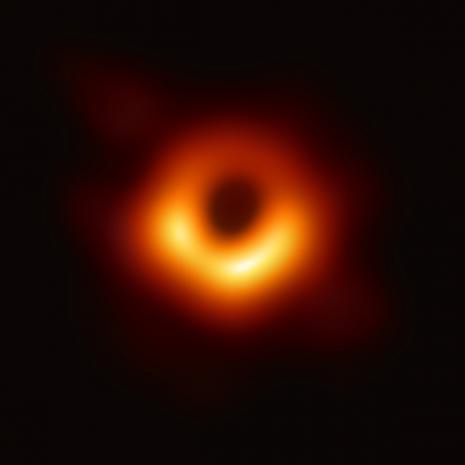
Breaking News
 Turning All U.S. Roads into Toll Roads: "Tax by Mile" is Here
Turning All U.S. Roads into Toll Roads: "Tax by Mile" is Here
 RFK's Deputy: Saviour or Wolf in Sheep's Clothing?
RFK's Deputy: Saviour or Wolf in Sheep's Clothing?
 One of America's biggest companies is imploding
One of America's biggest companies is imploding
 Zombie Voyager 1 Spacecraft Resurrects Its "Dead" Thrusters Over 15 Billion Miles Away
Zombie Voyager 1 Spacecraft Resurrects Its "Dead" Thrusters Over 15 Billion Miles Away
Top Tech News
 Watch: Jetson's One Aircraft Just Competed in the First eVTOL Race
Watch: Jetson's One Aircraft Just Competed in the First eVTOL Race
 Cab-less truck glider leaps autonomously between road and rail
Cab-less truck glider leaps autonomously between road and rail
 Can Tesla DOJO Chips Pass Nvidia GPUs?
Can Tesla DOJO Chips Pass Nvidia GPUs?
 Iron-fortified lumber could be a greener alternative to steel beams
Iron-fortified lumber could be a greener alternative to steel beams
 One man, 856 venom hits, and the path to a universal snakebite cure
One man, 856 venom hits, and the path to a universal snakebite cure
 Dr. McCullough reveals cancer-fighting drug Big Pharma hopes you never hear about…
Dr. McCullough reveals cancer-fighting drug Big Pharma hopes you never hear about…
 EXCLUSIVE: Raytheon Whistleblower Who Exposed The Neutrino Earthquake Weapon In Antarctica...
EXCLUSIVE: Raytheon Whistleblower Who Exposed The Neutrino Earthquake Weapon In Antarctica...
 Doctors Say Injecting Gold Into Eyeballs Could Restore Lost Vision
Doctors Say Injecting Gold Into Eyeballs Could Restore Lost Vision
Black hole dance illuminates hidden math of the universe

Scientists have made the most accurate predictions yet of the elusive space-time disturbances caused when two black holes fly closely past each other.
The new findings, published Wednesday (May 14) in the journal Nature, show that abstract mathematical concepts from theoretical physics have practical use in modeling space-time ripples, paving the way for more precise models to interpret observational data.
Gravitational waves are distortions in the fabric of space-time caused by the motion of massive objects like black holes or neutron stars. First predicted in Albert Einstein's theory of general relativity in 1915, they were directly detected for the first time a century later, in 2015. Since then, these waves have become a powerful observational tool for astronomers probing some of the universe's most violent and enigmatic events.
To make sense of the signals picked up by sensitive detectors like LIGO (the Laser Interferometer Gravitational-Wave Observatory) and Virgo, scientists need extremely accurate models of what those waves are expected to look like, similar in spirit to forecasting space weather. Until now, researchers have relied on powerful supercomputers to simulate black hole interactions that require refining black hole trajectories step by step, a process that is effective but slow and computationally expensive.
Now, a team led by Mathias Driesse of Humboldt University in Berlin has taken a different approach. Instead of studying mergers, the researchers focused on "scattering events" — instances in which two black holes swirl close to each other under their mutual gravitational pull and then continue on separate paths without merging. These encounters generate strong gravitational wave signals as the black holes accelerate past one another.
To model these events precisely, the team turned to quantum field theory, which is a branch of physics typically used to describe interactions between elementary particles. Starting with simple approximations and systematically layering complexity, the researchers calculated key outcomes of black hole flybys: how much they are deflected, how much energy is radiated as gravitational waves and how much the behemoths recoil after the interaction.
Their work incorporated five levels of complexity, reaching what physicists call the fifth post-Minkowskian order — the highest level of precision ever achieved in modeling these interactions.

 Node without Consent
Node without Consent Dark Matter: An 86-lb, 800-hp EV motor by Koenigsegg
Dark Matter: An 86-lb, 800-hp EV motor by Koenigsegg

